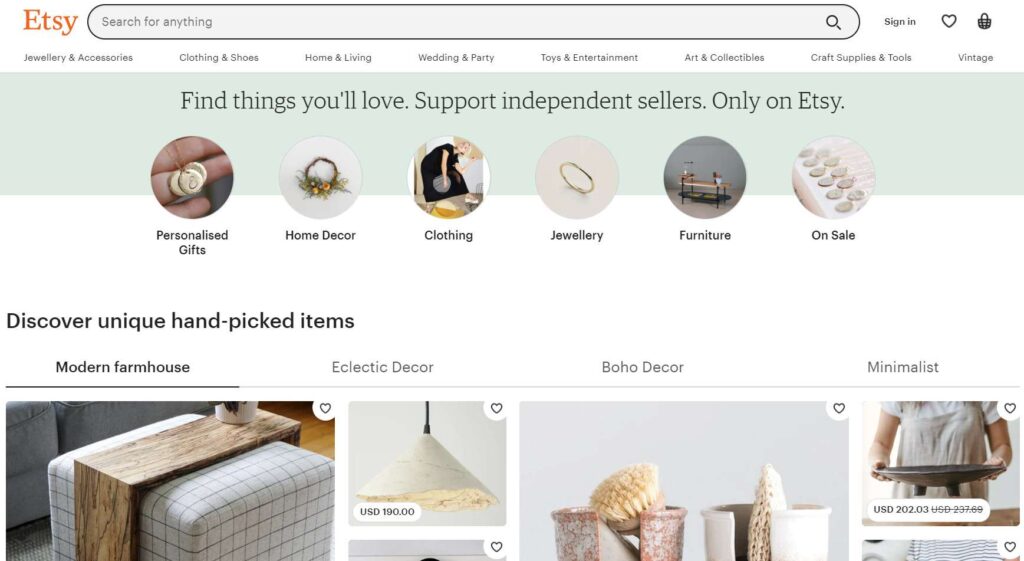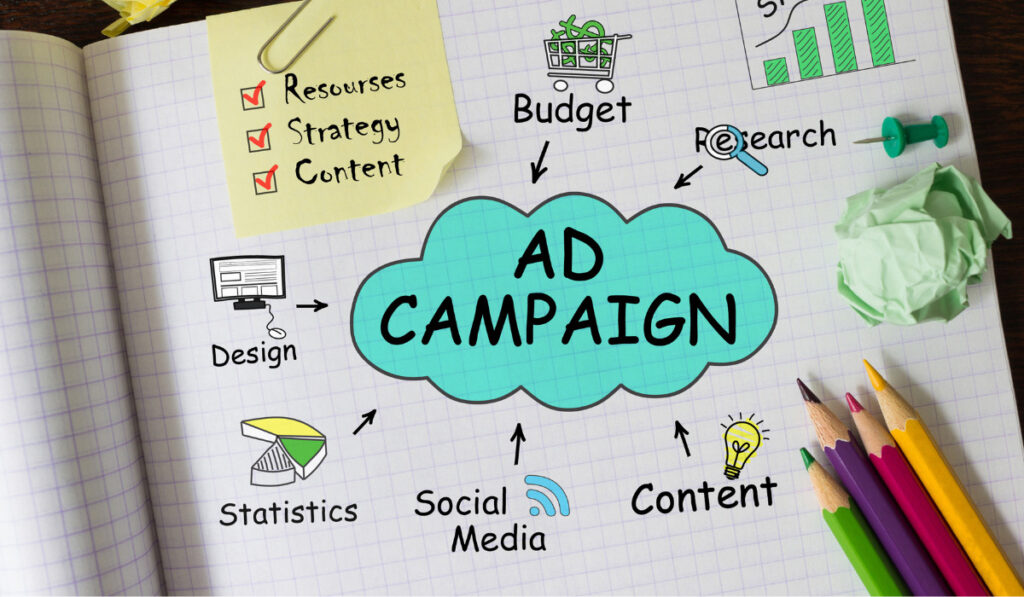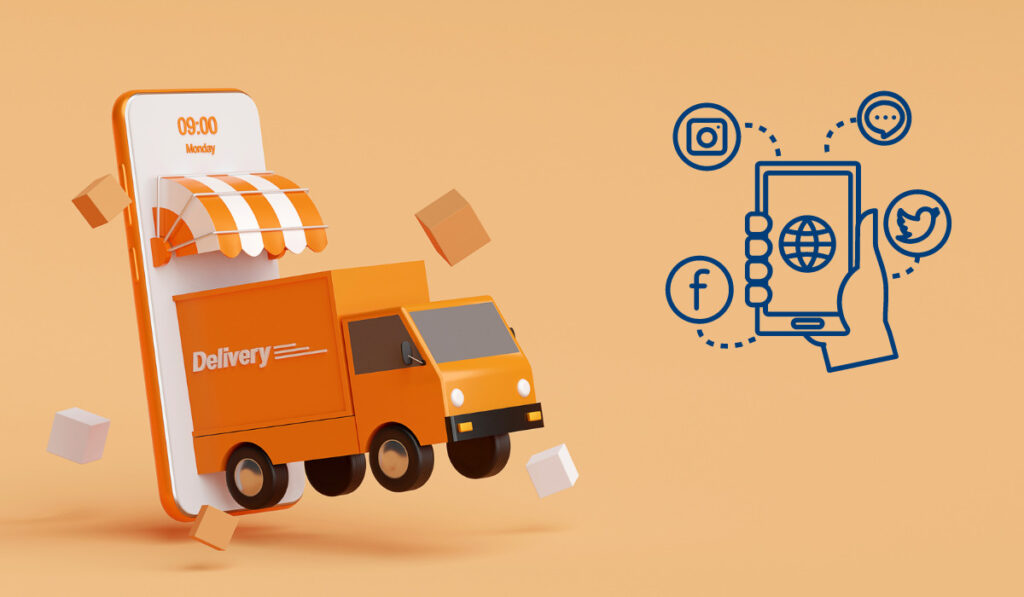Social Media is Becoming Less ‘Social’ and More ‘Media’

When used to compare oneself to others, social media makes us less friendly, which raises the likelihood of loneliness and lowers well-being among regular users. By being utilized to interact with others, it may be social. Introduction We are becoming less social in a time when social media is making us more connected daily. Why […]
Twitter Previews New ‘Official’ Gray Checkmark as it Prepares to Launch its $8 Verification Plan

Elon Musk claims that the checkmark program on Twitter could be back on Friday, December 2nd, with a new process to deal with impersonation difficulties. Musk believes the new human identification method is “painful but essential.” Additionally, verified check marks will come in three unique hues: gold for businesses, grey for the government, and the […]
YouTube Announces Expanded Roll-Out of its Live-Stream Guests Feature

Synopsis YouTube, a platform for streaming video, has unveiled a new feature dubbed “Go Live Together” that will let qualified producers ask a visitor to join them when they live broadcast. The visitors that creators have on their live broadcast may be changed, but they can only have one person present at once (Rahul Awasthi) […]
Facebook Ad Tips for the Holiday Season

Here are 10 Facebook Ad Tips for the Holiday Season – For many marketers and company owners, the Christmas season is a critical period. Digital marketers resort to Facebook Ads to increase their holiday profit due to the vast potential sales volume and strong purchase intent social media offers. Holiday Facebook advertising might be challenging. The […]
What is the ETSY Platform? How Can It Be Used To Increase eCommerce Sales?

Etsy’s third-party e-commerce platform helps small entrepreneurs and creators reach a broader audience they might not have otherwise encountered, exposing them to (and hopefully selling to). This enables many to transform their skills and a few products into successful businesses, gaining traction and amassing reviews on a reliable website that clients are willing to buy […]
Different Types Of Content Marketing & Social Media Trends

People need to understand the reality of content marketing. It’s powerful. This article will explain the types of content marketing: Text, Video, Audio, Images, and GIFs, and highlight which content types will be popular in 2023? Variety is key in content marketing. You must offer your readers magnetic material that is exciting to prevent boredom. […]
What To Post To Build Your Personal Brand?

Are you a social marketing beginner and unsure what to post for your personal brand? Or have you been in this business for a while, but the traffic isn’t the same? Well, stick till the end of this blog to find out what you’re doing wrong and what you can do to up your game! […]
4 Tips To Increase Clicks On Google Adwords

Many new marketers face the problem of getting more clicks on their Google ad campaigns. Increase clicks on your Google Ads campaigns by using the following tips. Improved Quality Score of your ad One of the most significant improvements we’ve made is improving the quality score. This means that when people search for your product […]
Proven Social Media Strategy For E-commerce With Instant Results!

You cannot grow your online business without implementing an effective social media strategy for e-commerce. It includes identifying your target audience and using techniques to reach them. It also incorporates ways to entice your audience into buying your product. Below are the proven methods for using social media to expand your e-commerce store: Influencer marketing […]
5 Digital Marketing Strategies for Law Firms

Marketing Strategies For Law Firms – Lawyers need to understand how to use social media and other digital marketing platforms to reach potential clients. They also need to learn how to create content that will attract new business. Content is the key behind successful online advertising campaigns. Following are five proven strategies that can help […]
